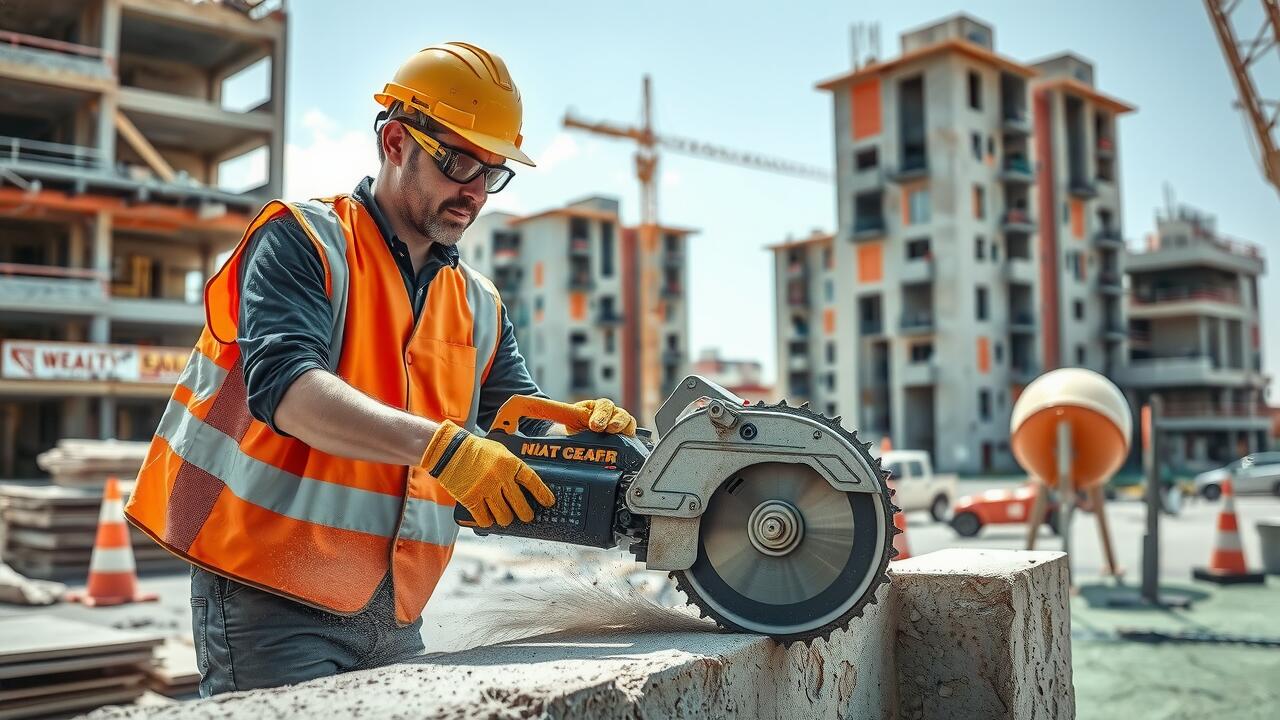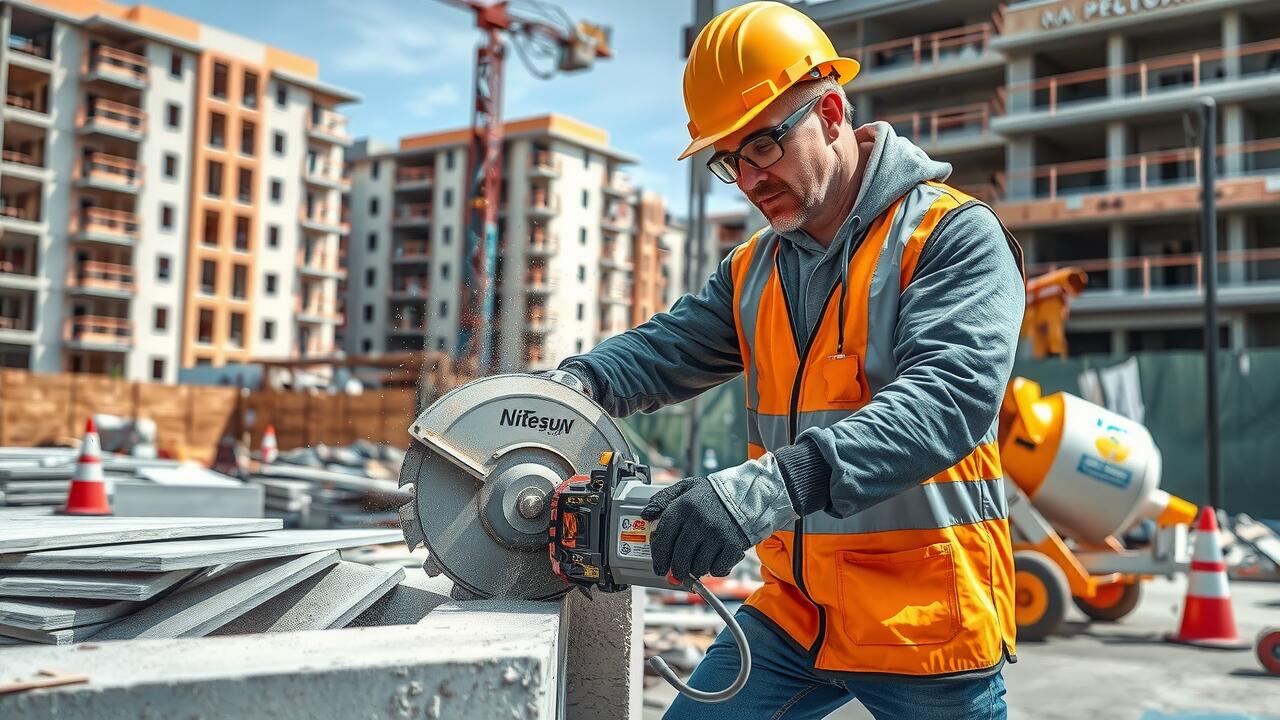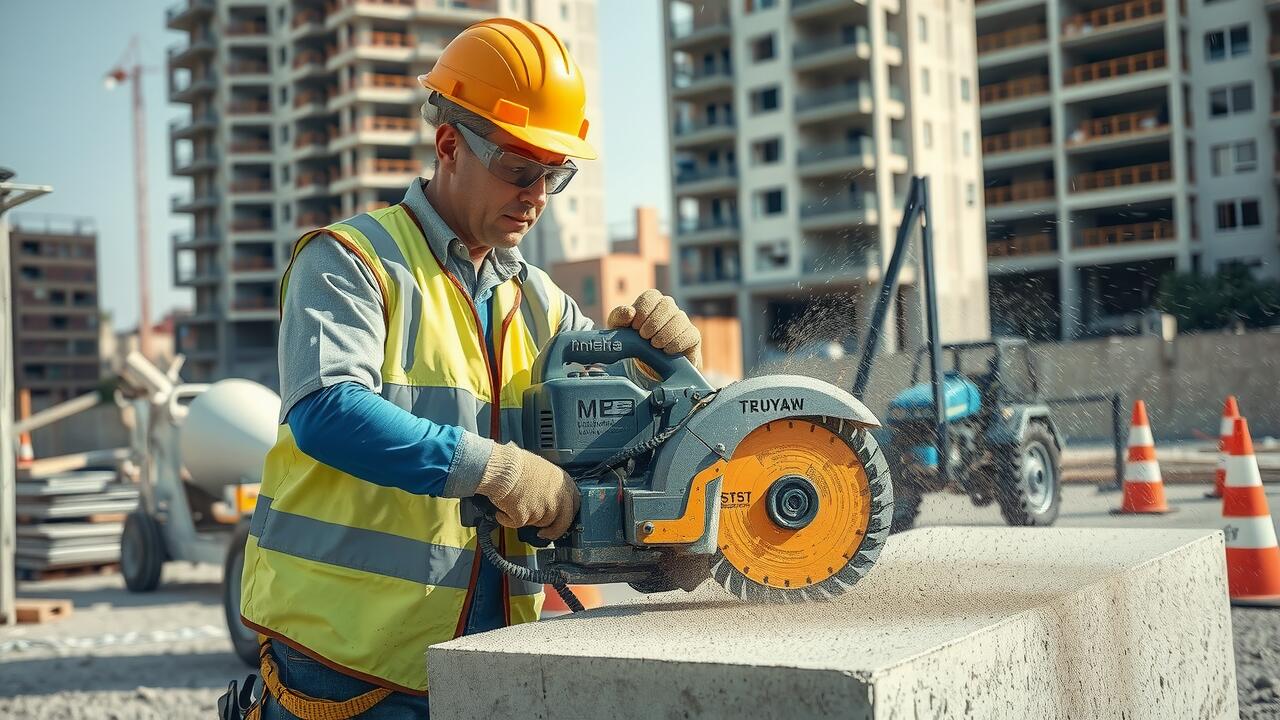
Table Of Contents
Time Efficiency in Concrete Cutting
Time efficiency is a significant consideration in the concrete cutting industry. Projects demand prompt execution to meet deadlines and minimize disruptions. Skilled operators utilize modern tools and technologies that enhance cutting speed, allowing them to complete tasks more quickly than traditional methods. The ability to work efficiently not only saves time but also reduces project costs and labor expenses.
Several factors influence the time it takes to complete concrete cutting tasks. The thickness and hardness of the material play a critical role in determining how long the cutting process will take. Additionally, the chosen technique and equipment also contribute to efficiency levels. Choosing the right tools tailored to the specific requirements of each project is essential for optimizing performance and achieving desired results in a timely manner.
Factors Influencing Cutting Speed
The speed of concrete cutting is influenced by several factors, including the type of saw and blade used. Diamond blades, for instance, often provide faster cutting speeds compared to traditional steel blades. The thickness and hardness of the concrete also play a significant role in determining how quickly a job can proceed. Tougher materials require more power and time for effective cutting.
Additionally, the skill and experience of the operator can impact cutting speed significantly. An experienced operator familiar with concrete cutting methods may navigate the equipment more efficiently, leading to quicker results. Environmental conditions, such as temperature and moisture in the concrete, can also affect performance, potentially slowing down the cutting process and requiring adjustments in technique.
Different Techniques in Concrete Cutting
Concrete cutting is an essential process in construction and renovation, facilitating modifications and repairs. Several techniques have emerged over the years, each catering to specific needs and project requirements. Diamond blade cutting is among the most popular methods, utilizing diamonds for precision and efficiency. This technique minimizes damage to surrounding materials while delivering a clean cut. The use of wire saws is also noteworthy, especially for cutting large or densely reinforced concrete sections. This method provides greater adaptability and speed, making it suitable for challenging environments.
Another technique gaining traction is wall sawing, which utilizes a diamond blade mounted on a track system for vertical and horizontal cuts. This method excels in. creating precise openings in walls and floors. Core drilling presents another effective approach, allowing for the removal of cylindrical samples or holes from concrete structures. This technique is often employed for plumbing and electrical work. Each of these concrete cutting methods offers distinct advantages, ensuring that contractors can choose the most effective solution for their specific projects.
Overview of Popular Methods Used
Concrete cutting encompasses various techniques tailored to meet specific requirements, each offering unique advantages. One popular method is diamond wire sawing, which utilizes a steel wire with diamond segments to achieve precise cuts with minimal dust. This technique is highly efficient for large-scale projects, such as cutting thick concrete walls or slabs. Another method, known as wall sawing, employs a specialized saw mounted onto a track system, making it ideal for vertical cuts in reinforced concrete.
Additionally, there is the use of core drilling, which allows for the removal of cylindrical sections of concrete. This method is particularly beneficial for creating openings for plumbing, electrical installations, or HVAC systems. Each method of concrete cutting has its applications, and the choice often depends on factors such as the thickness of the material, the desired finish, and project timelines. Understanding these techniques aids in selecting the right approach for any concrete cutting task.
Environmental Impact of Concrete Cutting
Concrete cutting has notable environmental implications that warrant consideration. The process generates dust and particulate matter, which can contribute to air quality degradation. This pollution poses potential health risks to workers and nearby communities. Furthermore, water runoff from cutting operations may carry contaminants that affect local water supplies and ecosystems.
Noise pollution is another critical factor associated with concrete cutting. The equipment used can be quite loud, disrupting nearby residents and wildlife. Efforts to minimize these impacts often involve using quieter machinery and implementing dust suppression techniques. These steps are essential for balancing the need for construction and renovation with the goal of preserving environmental integrity.
Minimizing Noise and Dust Pollution
Concrete cutting generates significant noise and dust, which can pose challenges to both workers and the surrounding environment. To address these issues, it is essential to implement best practices that focus on reducing the impact on local communities. Using low-noise cutting equipment can significantly lower sound levels during the cutting process. Additionally, utilizing water during cutting helps suppress dust, creating a safer and cleaner working environment.
Another effective strategy for decreasing noise and dust pollution involves the careful selection of tools and techniques. Diamond blade saws, for instance, are known for their efficiency and reduced noise output compared to traditional methods. Employing wet cutting systems not only minimizes dust production but also enhances the lifespan of cutting tools. Incorporating these approaches into concrete cutting projects will lead to a more sustainable practice, benefiting both workers and nearby residents.
FAQS
Is concrete cutting considered hard work?
Yes, concrete cutting can be physically demanding and requires specialized skills and equipment, making it hard work for many professionals in the field.
What factors influence the difficulty of concrete cutting?
Factors such as the type of concrete, the cutting method used, the thickness of the material, and the specific environment can all influence the difficulty level of concrete cutting.
Are there different techniques for concrete cutting?
Yes, there are several techniques used in concrete cutting, including diamond saw cutting, wall sawing, wire sawing, and core drilling, each with its own level of complexity and required skill.
How can the environmental impact of concrete cutting be minimized?
Minimizing noise and dust pollution can be achieved by using advanced cutting techniques, employing water during the cutting process, and utilizing equipment designed for lower emissions.
What training or experience is required for concrete cutting?
Concrete cutting typically requires training in operating specialized machinery and safety protocols, as well as hands-on experience to ensure efficiency and safety on the job.

